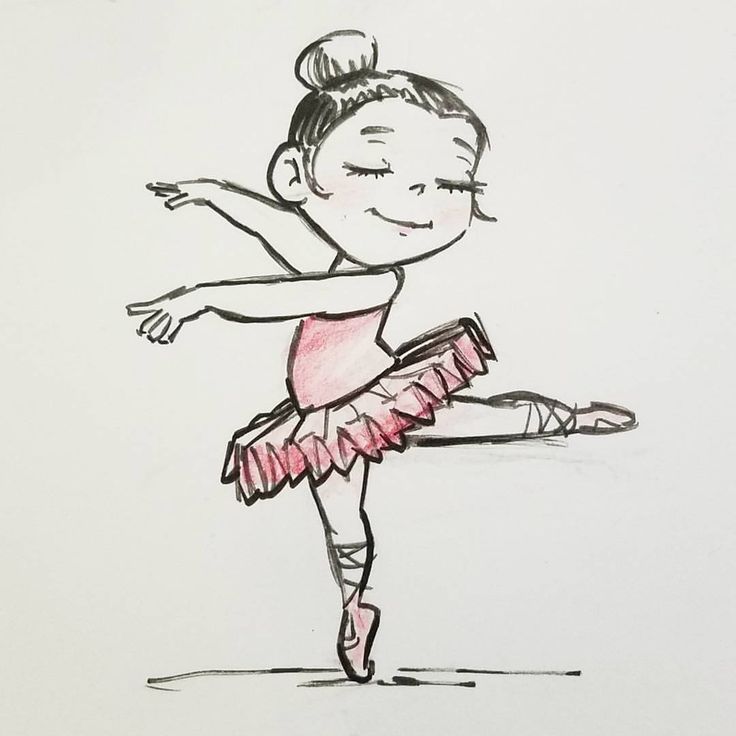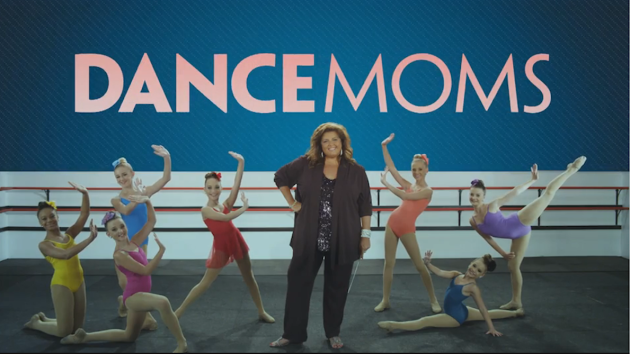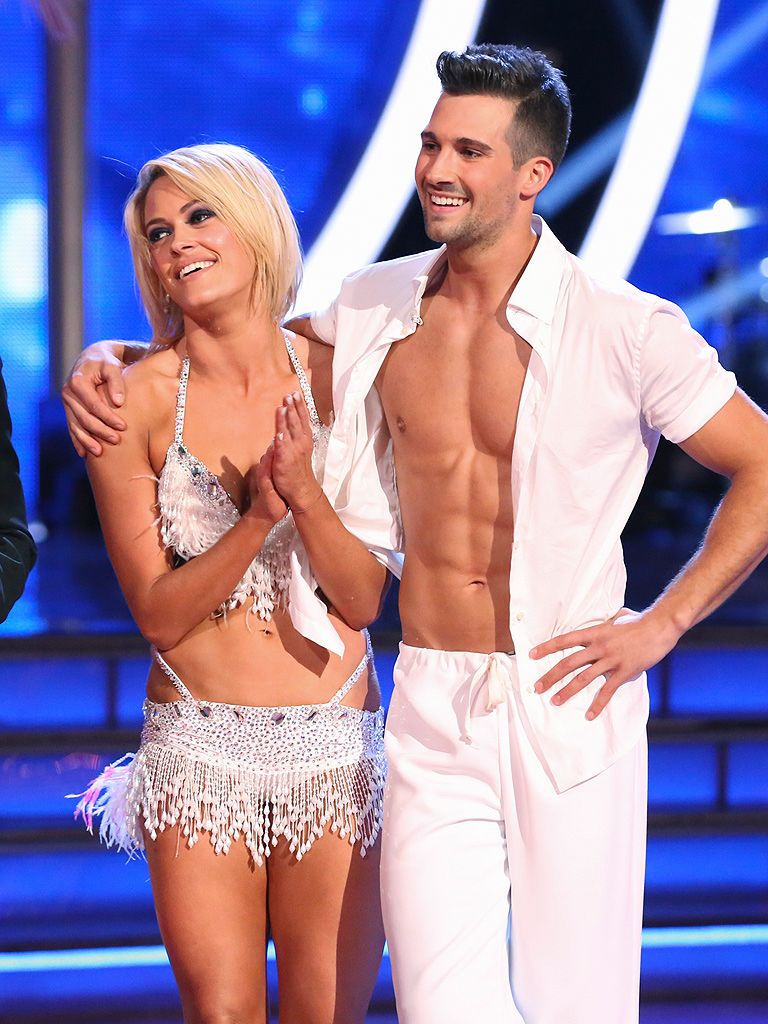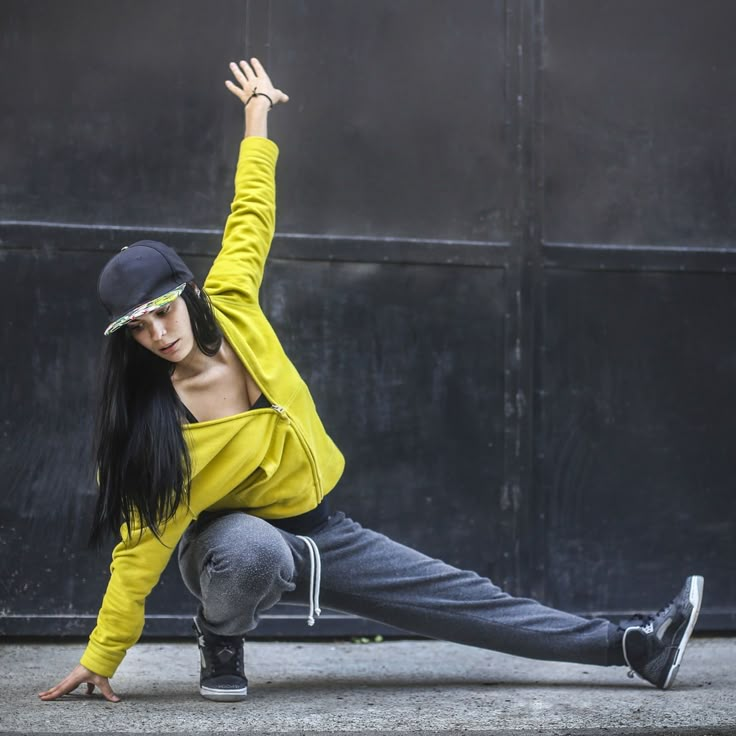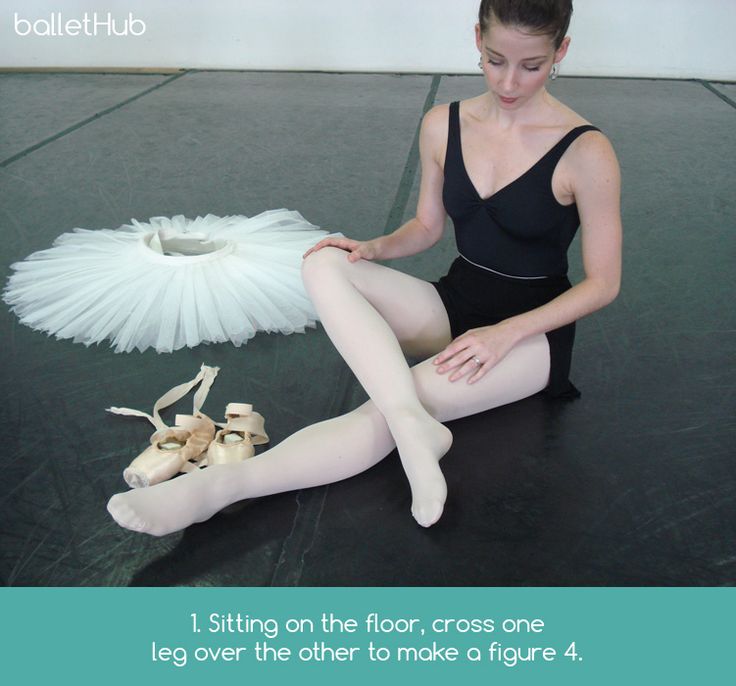How to train for dance tryouts
7 Tips for Acing Dance Team Tryouts
Gearing up for dance team tryouts? Whether you're trying out for a high school team, or one at the college or professional level, it can be an emotionally and physically demanding experience. But don't let your nerves get the best of you during the process! Whether this is your first tryout or your 20th, follow these tips so you can deliver your best performance when the big day finally gets here.
Tip #1: Get the details.
The more prepared you are walking into dance team tryouts, the more confident you'll feel. So do some digging so you can find out about any team skill requirements; for instance, certain techniques or dance moves you'll need to know, like splits or double pirouettes. Also, find out about any other important details, such as fees, weight limits, and what the day's event schedule looks like so you can plan ahead. Getting the lay of the land before the big day arrives will not only help you prepare better, but you'll feel more calm and focused as a result.
Tip #2: Take classes from a professional studio.
One of the best ways you can prepare for dance team tryouts -- and make sure your skills are absolutely spot-on -- is to take dance lessons ahead of time. In fact, getting professional instruction is your best bet for making it onto the dance team of your dreams. Plus, a strong background in dance will also give you an edge over other dancers trying out who have little or no formal training.
Do some research to identify what style of dance will best help you in your tryouts. For instance, ballet can help with balance, as well as poise. Jazz, on the other hand, can help you boost your precision and technique. If you're looking to take your style up a notch, then try a hip-hop class.
Not only can lessons from a dance studio give you the practice you need and help you perfect required skills, but the coaches can share their own stories, offering you plenty of tips and advice for what you need to do to ace your tryout.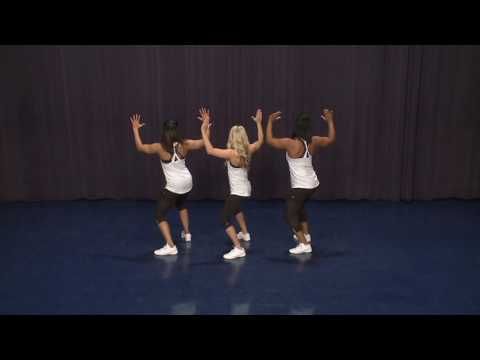
Tip #3: Get in your best shape ever.
In addition to dance classes at a professional studio, start a workout plan at least a few weeks before your tryout. Skills are important, but so is endurance and flexibility. That's where a good workout plan -- which includes a combination of cardiovascular exercises balanced with stretching or yoga -- can help.
Tip #4: Take advantage of team clinics.
Some teams offer clinics before tryouts. This is a great way to prepare and learn the required choreography. It will also help you further develop your skills and find out exactly what judges want to see when you're performing. If you're not sure whether the dance team you're interested in offers clinics, contact the director.
Tip #5: Know the dress code.
When it comes to dance team tryouts, making the best impression possible is critically important. Even if you have all the right moves, if you're not dressed in the right way, then it can negatively impact the impression you leave behind.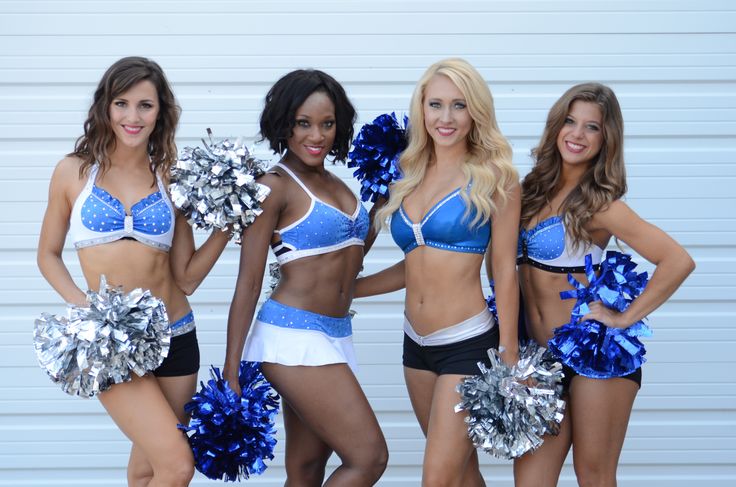 Judges will remember you for all the wrong reasons.
Judges will remember you for all the wrong reasons.
Many dance teams have a dress code for their tryouts. So follow it precisely if you want to get noticed in the best possible way by judges. If, however, there isn't a dress code, then wear clothes that are comfortable and show off your physique. For instance, try black dancewear bottoms and a colorful dancewear top. You're trying to be memorable so make sure you feel confident in whatever clothes you choose to wear.
In addition, pay special attention to your hair and makeup, including doing a hair style that's tied back. That way, you don't have to worry about your hair falling in your face, distracting you during tryouts. For your makeup, don't pile it on; simply apply enough to enhance your features. It's proven that the better you look, the better you'll feel.
Tip #6: Keep healthy habits.
It's so important to eat a healthy diet and get enough sleep leading up to the big day. If you eat a lot of junk food and stay up late, it's not only going to impact your day-of performance, but also your ability to get the most out of practices and workouts. That's why it's vital to maintain a balanced diet of protein, vegetables, and whole wheat. The day of the tryout, also make sure to eat a breakfast that will give you the fuel you need to perform at your best, such as peanut butter on whole wheat bread.
That's why it's vital to maintain a balanced diet of protein, vegetables, and whole wheat. The day of the tryout, also make sure to eat a breakfast that will give you the fuel you need to perform at your best, such as peanut butter on whole wheat bread.
Tip #7: Do your best.
Part of doing your best means showing up on time. Judges will want to make sure you can follow the rules and being prompt, or even showing up a few minutes early, is important.
Also, during your dance team tryout, try not to let your nerves show. Personality is a big factor when judging, which is why you want to showcase yours. So hold your head high, smile and put your best foot forward. You want to show the judges you're excited to be there and that you're eager to be a part of the team.
If you do make a mistake, just roll with it. Keep smiling and don't stop moving. Judges expect some mistakes and nerves, especially at the beginning. But it's how you handle yourself afterward that will show how well you do under pressure -- and whether you're worthy of a spot on the team.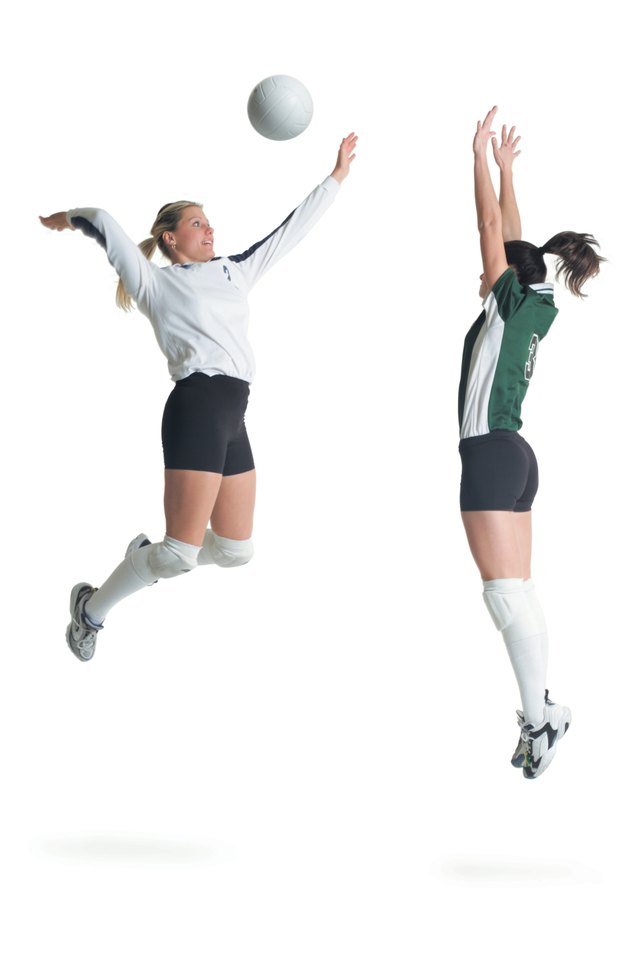 Good luck!
Good luck!
Request a Just For Kix Catalog!
Top 10 Tips to Make Your Dream Dance Team
Top 10 tips you want to consider while seeking a position on your dream dance squad.
Competitive Dance and a Dance Squad
Dancing is a highly competitive activity. There are various kinds of teams such as Youth/association, middle school, high school, collegiate, all-star, and professional teams. The competition is at local, regional, state, national, and international levels.
Competing dance teams are judged on criteria sic as form, team unison, precision, movements such as jumps, leaps, turns, choreography, enthusiasm, and, the use and visual appeal of props such as pom poms.
In a routine, a squad or team will incorporate a specific dance style (i.e., hip-hop, jazz, or lyrical), technical work (leaps, turns, kicks, splits, jumps), and, depending on the routine, pom-poms, and cheers.
Dance teams are also popular in performance dance, especially at sporting events, most commonly performing during the pre-game and halftime periods (and, in some cases, on the sidelines) of football and basketball games.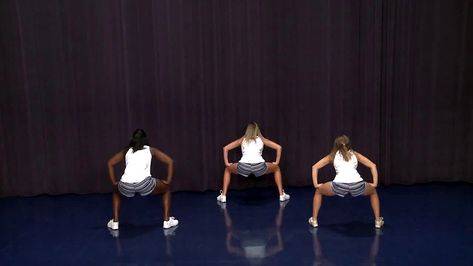
A Dance Tryout
Given the immense popularity of dance teams, getting into a favorite dance squad is not an easy task. Every girl in their freshman year wants to be one of the girls in a sparkly top dancing on the sidelines on every Football Friday night throughout the fall. To achieve this dream, a dancer requires dedication, commitment, skills, talent and more.
Anyone interested in being part of a dance squad, both in high school and college is required to attend a tryout. Tryouts are usually held in spring or early summer, so the teams are ready before most sports begin.
There are several aspects to a dance team tryout with the first thing being to know the basic dance techniques that will be used during the season. These techniques usually comprise of toe touches, fouetté turn combinations, kicks, and switch leaps.
One of the critical expectations included in a dance team tryout is that a dancer can quickly master multiple short routines in different styles. You must know specific styles or forms of dance for certain team tryouts. For example, NDA teams compete with routines that incorporate jazz, hip-hop, and poms styles, so in an audition, you will learn a routine in each of these types of dance and then perform them shortly after that in front of the panel of judges.
You must know specific styles or forms of dance for certain team tryouts. For example, NDA teams compete with routines that incorporate jazz, hip-hop, and poms styles, so in an audition, you will learn a routine in each of these types of dance and then perform them shortly after that in front of the panel of judges.
Tips to conquer Dance Team Tryouts
You have been following a particular dance team for years and have all their performances imprinted in your mind. You even know your favorite dancers by name and signature moves from pieces they've choreographed. Your life mission is to be on the stage with rehearsing, hanging out, training with them. Whichever dream dance team it is – you can be a part of it.
Whether you're trying out for a high school team, or one at the college or professional level, use these tips and tricks to navigate through every step of what can be an emotionally and physically demanding experience.
1. Think About Why You Want to Join a Specific Dance TeamIs it because you look up to certain choreographers and directors? Because you want to grow in that team's style? Because your mission as a dancer aligns with the team? A clear and compelling reason will help you keep your focus on your goal, especially when you run into obstacles or experience hardships during the journey.
You will be interviewed, and knowing answers to why you want to audition for a particular team will make a difference. Considering you will be playing the role of an ambassador when you attend charity events or local events, you need to remember your real purpose for being part of a team, so it shines through in front of fans.
2. Train as if You're Already on the Dream Dance TeamA dance team spends a lot of time together, what with the weeks and months and years of rehearsing and performing and travel. Teams are families and little communities. For a newcomer to belong to a team and be welcomed, they have to vibe with the team, as a dancer and just as important as a person.
To achieve this, you need to belong to that community and one way you can do that are by taking classes from/with members of the team, especially the directors. You will start to get familiar with their style, teaching methods, and personalities. You will also get to know the other members of the team who are taking those classes.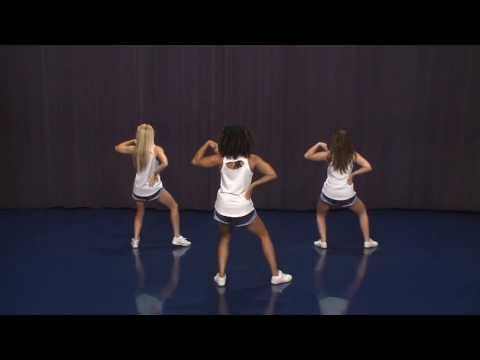 Use the lessons to not just learn about the choreographer or director's style by observing them; even analyze how they move, how they take instruction, and how they interpret the music.
Use the lessons to not just learn about the choreographer or director's style by observing them; even analyze how they move, how they take instruction, and how they interpret the music.
Being familiar with the style that is expected will give you confidence, and even if you mess up during auditions, the team and directors will have already seen you train and dance outside of that!
3. Form Relationships with the Team MembersIf part of the reason why you want to join a dream team is the culture and kind of people on it, then you need to understand if in the long term it will resonate with you. Each team has its own culture, a brand, personality, and history that were shaped by its members since the team's beginnings. Do you vibe with it? Remember – the team has to be a good fit for you, too, as much as you are for it. So get to know the team members and you will get a sense of if it's the place for you. And if you can get along with most of the people on the team, you're good.
And by that, I don't mean the audition dates. Dig around to find out about any team skill requirement; specific techniques in dance forms that you will need to know, like splits or double pirouettes. Checking on other important details such as participation fees, weight limits, and what the day's event schedule looks can help you feel prepared and in control. Getting the lay of the land before the big day arrives will not only help you prepare better, but you'll feel calmer and focused as a result.
Find out if there are a 'pre-audition workshops' before the actual audition too and ensure you go to those!
Ask around to see what the audition process will be like, how many cuts they will have if there will be callbacks if it is an all-day event or will take a few hours. Be prepared accordingly and bring a change of clothes, water, snacks, and of course the right mental makeup.
5. Take Classes from a Professional StudioWhen you are preparing for being part of a top-notch dance team, your dance skills will be the most critical consideration. Hone them to a razor sharp edge by taking professional dance lessons ahead of time. A strong background in dance will also give you an advantage over other dancers who have little or no formal training.
Hone them to a razor sharp edge by taking professional dance lessons ahead of time. A strong background in dance will also give you an advantage over other dancers who have little or no formal training.
Before signing up to dance classes, research to identify what style of dance will best help you in your tryouts. Ballet helps with balance and poise while Jazz can help boost your precision and technique. A hip-hop class will help you take your style up a notch.
6. Improve Your TechniqueSo you have always danced and felt prepared to take on the toughest audition? Don't let it lead to complacency. Becoming a collegiate dancer means you still have room to improve as the expectations you must meet have been drastically raised. Practice your turns, practice your jumps, practice your leaps, and especially practice unique skills that could set you apart- such as wearing your hair and makeup and interview skills.
Sign up for classes that can give you the practice you need and help you perfect required skills. The coaches can share their own stories, and you can certainly benefit from the tips and advice from those who have been around.
The coaches can share their own stories, and you can certainly benefit from the tips and advice from those who have been around.
Supplementing your dance classes at a professional studio with a workout plan at least a few weeks before your tryout will up your endurance and flexibility significantly. A good workout plan should include a combination of cardiovascular exercises balanced with stretching or yoga.
If you do make the team, you will have to most likely participate in a training camp with the rest of the team, so it’s best to be prepared in advance. Doing a split requires daily stretching; you will also need a lot of strength and stamina to be a dance team member. Work on building muscles in your back and stomach, and condition yourself by raising your heart rate each day by exercising.
8. Be TeachableWhen auditioning for college programs, judges are looking for more than proper technique and knowledge of dance forms.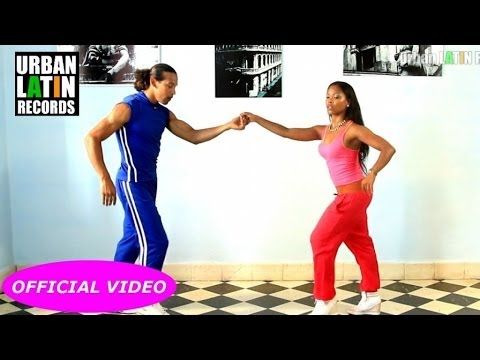 Having a teachable personality means staying loose, staying engaged, laughing at your mistakes, and holding your head up high. And don't rest unless you get answers to your questions.
Having a teachable personality means staying loose, staying engaged, laughing at your mistakes, and holding your head up high. And don't rest unless you get answers to your questions.
Your determination will not go unnoticed. Auditors want to know you are not smug about your achievements till date and are looking for those who they want to hang out with for the next four years, people who are open to learning, growing, and improving!
9. Remember That Performance Scores PointsCollege Programs are looking for people who are good at two of the three triple threats (dancing, singing, and acting) but the golden ticket that will get your acceptance letter has to be your potential in the third realm. The judges are observing your willingness to go for it, and enjoying your performance the joy on your face, so, SMILE!
Personality is a big part of an art form like dancing, so make sure yours shines through; hold your head up at all times and keep a pleasant look on your face and show them how excited you are to be auditioning for a spot on the team. It is also essential that you speak well and are personable.
It is also essential that you speak well and are personable.
In the collegiate world, expect to appear on television and real close-ups. Thousands of fans see your shining face on the field or court, and thousands more will also be watching behind a television screen. With this being said, it is vital that you look your best at a collegiate tryout.
Most dance teams have dress code requirements for tryouts. If the team doesn't tell you what to wear for tryouts, wear black stretch pants and a bright tank top or even a fabulous leotard. Brings two pairs of shoes, as there may be two rounds, one focusing on jazz (carry jazz booties) and the other for hip hop (use non-marking dance sneakers)
Booty shorts and a crop top with nude fishnet leggings works excellent. Some bling on the top like diamante or sequins helps you shine, and of course, colors of the team you are trying to make will be a huge plus!
Keep Perspective
While your whole mission in high school and college may be to make that coveted position on the school, college, all-star or State dance team, going for a dance tryout is more than that.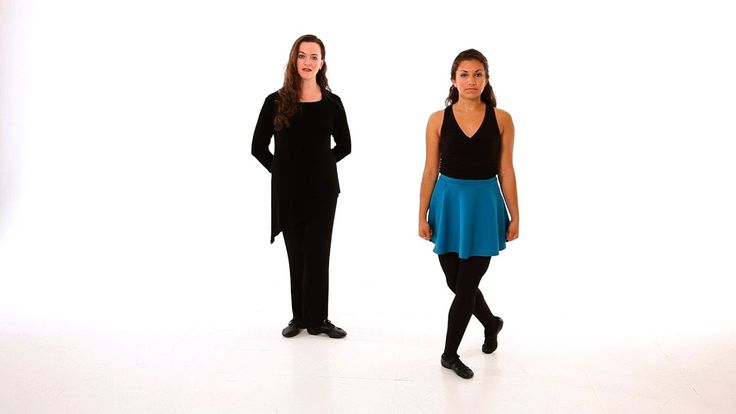 Auditions have an element of unpredictability, and there are as many stories of disappointed freshmen as there are of successful ones. Just know that the life lessons you will learn in the process of preparing for and giving a dance tryout are as precious as wearing the colors of the team.
Auditions have an element of unpredictability, and there are as many stories of disappointed freshmen as there are of successful ones. Just know that the life lessons you will learn in the process of preparing for and giving a dance tryout are as precious as wearing the colors of the team.
All the very best in making it to your Dream Team!
Tips for children involved in dancing.
You come to dance classes for the first time or come to a new group for yourself, to a new teacher. Like any person who enters a new team, you may have questions about how to behave correctly.
We will give you some tips to help you cope with anxiety and doubt.
Get used to the new environment for the first few sessions
In the first few sessions, you will get used to your trainer's teaching method. Each coach has his own lesson plan:
- warm-up, exercise, stretching,
- study and practice of the basic elements of dance,
- learning a dance routine,
- improvisation work for dancers,
- dance battle or jam between students, etc.

In addition to a different program, each coach conducts a lesson in his own way: some teachers explain literally every movement they make; others first show all the movements, then explain; someone slowly shows the movements, and explains those points that are incomprehensible to the students. For some teachers, music plays the entire lesson, while others first work out everything without music, and only then begin to work out movement and dance to the music. And each of the methods has the right to exist, the main thing is to understand that, no matter how the teacher builds his lesson, the student should always get answers to all his questions. So, you always need to clarify the points that are in doubt.
Just during the first lessons, you will get used to your teacher, understand the program and the form of the lesson, understand when it is time to ask a question, and when it is worth waiting and the coach will explain everything himself. Take your time and don't worry - give yourself time to get used to the new environment.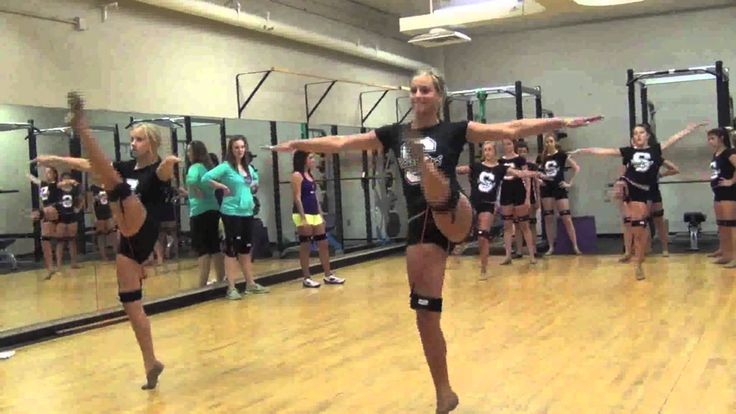
Become a part of the team
In order to feel "at ease" in a new team, it is important for any person to understand that he is part of the group. It is important on your part to show that you enjoy being in the group: do not be gloomy and overly serious, others may think that you do not like something. As a rule, this causes a defensive reaction in the group - people become serious towards you. Therefore, smile and enjoy the lesson, the fact that you are dancing with other people - you will be gladly received as a friendly and interested person. The teacher and the group will also show interest in you: ask questions, offer help. Do not push them away, do not be afraid, do not think that someone wants to offend you or violate your personal space - everyone wants to feel the community of the team and the cohesion of the team.
Talk to the teacher
Each student wants to know what he is doing, what he needs to work on more intensively, where to be more attentive. The answers to these questions do not need to be looked for exclusively in the mirror, they need to be received from the teacher, at least at first. The teacher will be able to point out your strengths and weaknesses, encourage, inspire and suggest directions for development. Feel free to ask questions, consult, consult with your coach. This conversation will allow you to draw conclusions about the coach, about the direction you have chosen, about your level at the moment and about your capabilities.
The answers to these questions do not need to be looked for exclusively in the mirror, they need to be received from the teacher, at least at first. The teacher will be able to point out your strengths and weaknesses, encourage, inspire and suggest directions for development. Feel free to ask questions, consult, consult with your coach. This conversation will allow you to draw conclusions about the coach, about the direction you have chosen, about your level at the moment and about your capabilities.
Treat dance lessons responsibly
Whether you started with a group that has just opened or joined an already established group, you should prepare for class. There are three main points of preparation:
- Repeat the learned movements, elements, dance sequences at home or before training so that the whole group works intensively and productively during the lesson (it’s one thing if a student doesn’t succeed, another thing, if he forgets the movements and makes no effort to remember!)
- Be collected and neat.
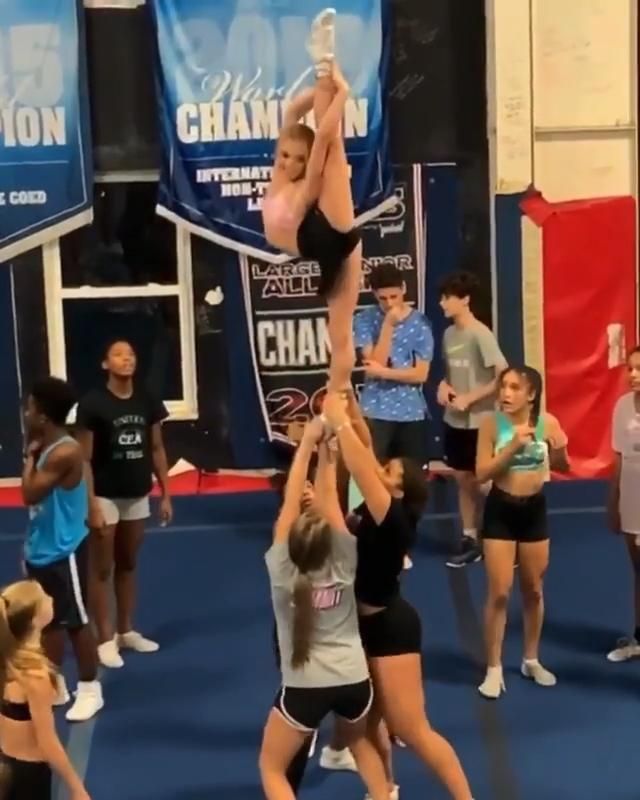 Make sure that it is pleasant and comfortable to be near you during the lesson.
Make sure that it is pleasant and comfortable to be near you during the lesson. - Arrive to class on time, don't miss a workout without a good reason.
Dancing lessons are not only exciting, dynamic and bright. It is responsible, difficult and in some moments even scary. Do not be afraid to overcome yourself and work on yourself! And remember, EVERYONE CAN DANCE! Get started! Dare!
Training is, first of all, the repetition of the same action.
If you are learning a new figure or composition (variation, scheme, link, chain), then you need to repeat the same steps many, many times.
If you want to have a strong and beautiful movement, then you need to apply the same effort many, many times.
If you want to achieve accuracy, speed and coordination of movement, then you need to repeat the same sequence of actions many, many times.
For example:
• this could be an effort to straighten the knee;
• "straighten the knee before putting weight on the leg" action;
• sequence of actions “turn the body with the muscles of the back, take the leg out for a step, straighten the knee, start working with the supporting foot, collect the press and muscles of the buttocks, transfer weight, stretch the muscles of the body and arms”, etc.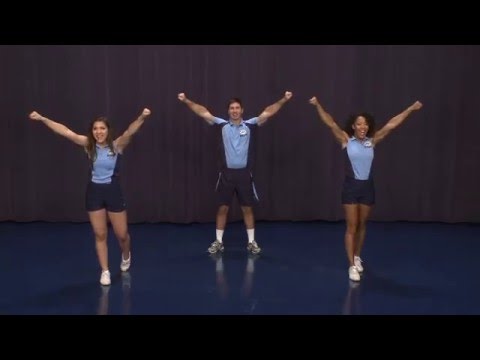 ;
;
• effort to pull the foot;
• effort to keep the press always assembled;
• effort to keep the shoulder blades always lowered;
• and so on……
In a nutshell, training is creating a healthy habit. In order for your body to move competently, coordinated, plastic, fast, strong and beautiful, you need to get used to holding and moving like that. And in order for it to get used to holding on and moving like that, you need to repeat the same action or effort many, many times.
When a useful habit has been formed, it is already difficult to get rid of it. If you try really hard and repeat the special moves and efforts every time you dance in training, you will get used to dancing correctly very quickly. And then you won't have to think about it every time.
Remember:
• the coach cannot create a habit for you and make some effort for you, because it is your body, not his, and it should make the effort, not the coach's body, because it is you to go to the tournament , and not the coach, and the judge will look at you, and not at the coach.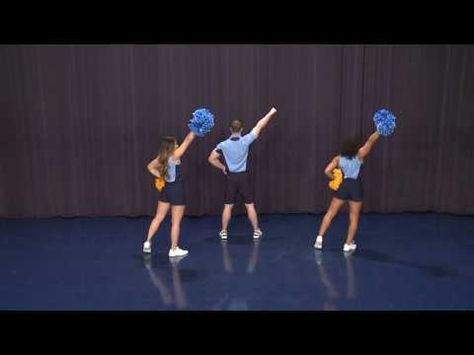 The coach can only tell you how to do it, what is right and wrong, and what needs to be done so that you are better than everyone else. And to do this is only your task and depends only on you.
The coach can only tell you how to do it, what is right and wrong, and what needs to be done so that you are better than everyone else. And to do this is only your task and depends only on you.
• Only the one who trains and repeats the most, the strongest, the hardest, and the longest wins.
• There are a lot of dancers, but only one first place! Everyone wants to keep it busy, everyone goes to training, everyone tries the best they can, but only the one who tries the hardest every minute in training wins.
• One minute in practice when you were chatting, inattentive, or not trying your hardest - that's another couple that beat you in the tournament. Opponents do not sleep! They try hard in training and want to take first place as much as you do.
• A coach cannot make you dance the best, train and win. Only you decide whether you need it or not. A coach cannot teach you to dance better than anyone if you do not do everything possible for this.
• Losing is the loss of a lazy dancer, winning is the winning of a talented coach.
You need to train EVERY DAY. Preferably a few hours.
Before training, you MUST warm up - jump, stretch, squat.
Before an individual lesson and self-training, you should have a PLAN in your head, which you must definitely tell your partner. For example, something doesn't work in the waltz or you don't like your feet in Latin. This is what needs to be worked out.
After individual lessons and group lessons, IT IS OBLIGATORY TO WORK THE INFORMATION RECEIVED, otherwise the muscles WILL NOT REMEMBER ANYTHING.
Dynamic stereotype, or muscle memory, works for 48 hours (after class). If you do not repeat the information received, then at the next lesson you will have to start all over again - the muscles will ALL forget
Repeat songs as often as possible! Even repetition in the mind gives a huge positive result, because it is the brain, our thinking organ, that gives commands to our body!
Always work to the FULL POWER in class, in practice.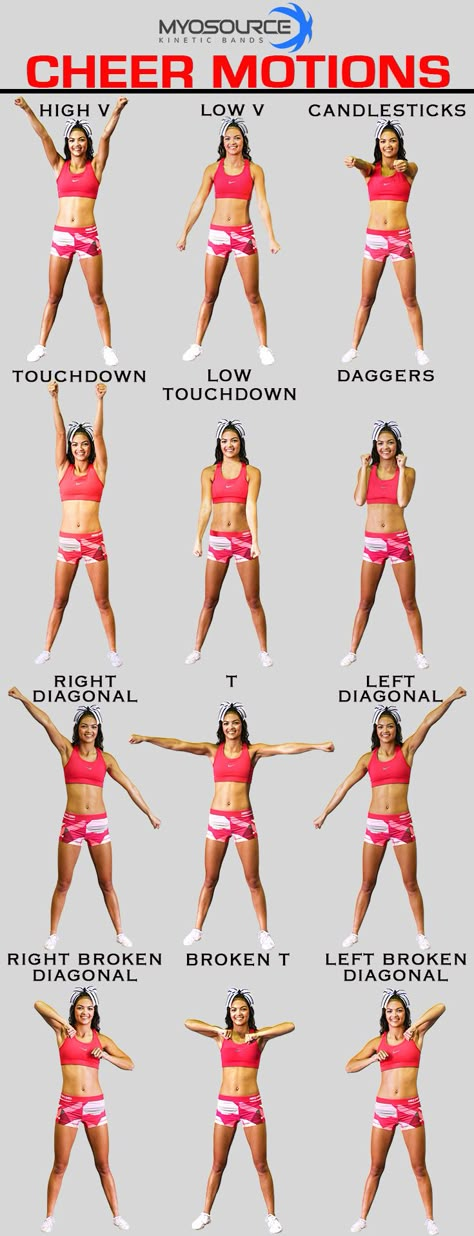 If you dance without trying to IMPROVE SOMETHING, you do not grow as a dancer.
If you dance without trying to IMPROVE SOMETHING, you do not grow as a dancer.
Spend as much time as possible on BASE and TECHNIQUE. Without precise technique, everything you do looks amateurish.
If you are tired and your muscles hurt, it means YOU HAVE WORKED IN vain.
The start of a private lesson can be the most effective moment for all 45 minutes of class. It is at the beginning of the lesson that you can determine whether the teacher and students will work productively or spend “not very pleasant” time together.
This does not refer to the amount of information the dancers will receive or the benefit they can derive from this individual lesson. It's about the overall good mood that the teacher and dancers may or may not get from the lesson.
Ultimately, an individual lesson on a positive note is the key to being remembered as a good student who is a pleasure to work with. So, what do we need to do when you go to a private lesson? Here are 5 tips to keep in mind:
Have a plan for an individual lesson
You need to know exactly what questions you are going to ask the trainer, what aspects of your dance you need to check. Even if you come to class with your trainer, don't expect them to know better than you what you need to work on. Start the lesson by briefly and clearly explaining to the coach what you would like to do today. And after that, everything will be in his hands.
Even if you come to class with your trainer, don't expect them to know better than you what you need to work on. Start the lesson by briefly and clearly explaining to the coach what you would like to do today. And after that, everything will be in his hands.
Show your human side
Remember that there is a person in front of you just like you. Like you, your teacher may have good and bad moments in life. For this reason, try to start the individual lesson in a more friendly way. Don't attack him with all your problems with your partner or with a bad result from the last competition.
Instead, try starting the conversation the way you would with your friend. For example, you can ask him how he is doing. If the coach is from another city or country, ask him or her how you got there, whether the flight was easy... These small details will positively affect the mood of the whole lesson. Both you and the teacher will benefit from this.
Be intuitive
As a general rule, different teachers may specialize in different areas of dance.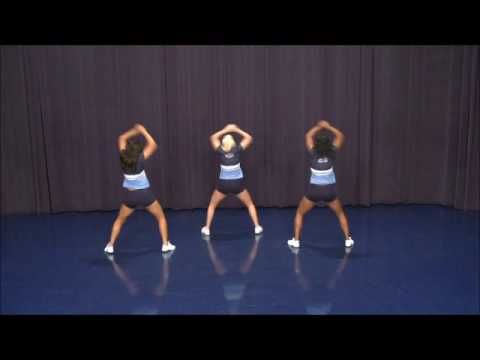 Someone can be very useful in musicality, someone in technical aspects. Therefore, if you want to get the most help, try to choose a lesson topic in which the knowledge gained will become more effective.
Someone can be very useful in musicality, someone in technical aspects. Therefore, if you want to get the most help, try to choose a lesson topic in which the knowledge gained will become more effective.
This is especially important when you are working with intermediate teachers. When you take an individual lesson with dance legends, you can be sure that they will give you all the information you need and useful in your particular case.
But when you see a teacher with less experience, try to find his strongest point. You will get good information and he/she will work with you confidently.
Check how you look
If there's one thing that makes all teachers go crazy, it's when a student looks inappropriate. And this does not mean only the dress code. It's all about attitude. Hold yourself in such a way that you can be immediately identified as a dancer. Always focus on the lesson. Don't yawn and never lose the thought discussed in the lesson.
Be a couple
Last but not least! Since we are talking about ballroom dancing, the most important aspect is the couple. Be a team!
Definitely, this is the most unpleasant thing when a partner and a partner argue with each other in the presence of a teacher. We all know that this happens to all couples sometimes. But let's not forget that this is the most difficult moment for the teacher when he/she has to look at this theatre.
Communication between student and teacher is the most important
In our dancesport world, connection and feelings between people are often the reason to tell a good dancer from a bad one. It's clear to everyone how important it is to be seen as a genuine, positive, hard-working person, and not someone obsessed only with the need to get results.
This is why this article does not mention the actual level of dancing you are at. All of these aspects, which are immediately felt by teachers as soon as they start working with you, are the main reason for liking you or not.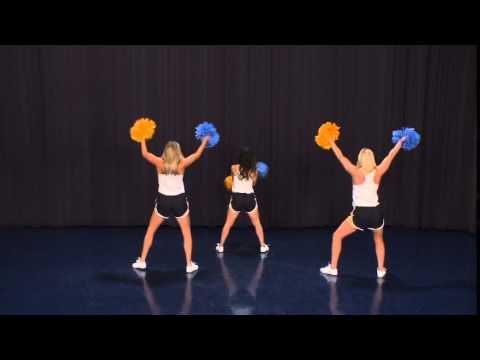
1. Competitors must:
- know and strictly follow the Rules, Regulations, program of competitions, conditions for their holding;
- to have record classification books, as well as other documents, if they are provided for by the Competition Regulations, and present them to the secretariat during registration;
- register for participation in the tournament at the time allotted for registration;
- have a neat appearance, suits appropriate for the competition;
- timely get acquainted with the plan-scenario of the competition, the schedule of entries, observe the schedule established for the tournament, stay in the places reserved for participants;
- enter the parquet in the order of entries scheduled for this stage of the competition;
- if there is one exit to the tournament area, the couples leaving the parquet must let the couples leaving the next run;
- follow the orders of the judges;
- if it is impossible for any reason to continue the competition, immediately inform the chief judge about this;
- when participating in the finals, enter the awards ceremony in the appropriate tournament costumes;
- at the end of the competition, through his representative or independently endorse the results of his performance in the classification books.
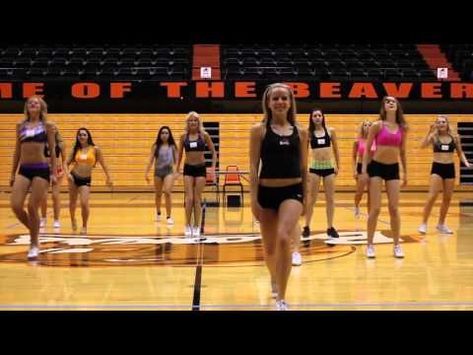
Note: in case of violation of the Rules or incorrect behavior, the main panel of judges issues a warning to the participant. In case of repeated violation, the athlete is suspended from participation in the tournament. In case of especially gross violations, the athlete may be suspended from participation in the tournament by decision of the panel of judges without warning.
2. Competitors have the right:
- to have a representative (one from the collective or team) to resolve all issues that arise during the tournament;
- when holding tournaments in certain types of competitions, take part in one or more types of choice, stating this at registration;
- have the same accommodation conditions as other competitors;
- at the end of registration, no later than 15 minutes before the start of the competition, receive information on the procedure for holding the tournament;
- in the prescribed manner, before the start of the next stage, to receive information about the results of the preliminary rounds;
- for accommodation, registration and warm-up, contact the judges at the participants;
- on the issues of holding the tournament, through your representative (captain), contact the deputy chief judge, chief secretary, chief judge;
- at the end of the tournament, through your representative (captain), receive full information from the secretariat about the number of participants, the place taken, the coefficient of the tournament, entering it into the classification book.

"Sports ethics" is usually called a set of norms of behavior that regulate people's relations in the field of sports activities. In the ordinary sense, it is perceived as unwritten norms of behavior for people involved in sports. On the other hand, relatively recently sports ethics began to be considered as a science, an important part of general ethics. Both of these interpretations are closely interconnected, interdependent, often intertwined and have a common basis - morality as a necessary quality for favorable, positive relationships between participants in the sports process.
The ability to behave under the most difficult circumstances, which is a sign of internal organization, composure, discipline, culture - this is also the prerogative of sports ethics. For example, an athlete should never get into an argument with a judge. The unwritten laws of sports do not allow you to refuse to perform, play for time, leave the race, stop the game ahead of time, even if the athlete is sure that he still lost. It is unethical to express annoyance from dissatisfaction with a partner, rival. It is especially important to be able to control yourself after a loss. With dignity, paying tribute to the skill of the opponent, congratulate him on his victory. Attitude towards an opponent is an indicator of the true upbringing of an athlete.
It is unethical to express annoyance from dissatisfaction with a partner, rival. It is especially important to be able to control yourself after a loss. With dignity, paying tribute to the skill of the opponent, congratulate him on his victory. Attitude towards an opponent is an indicator of the true upbringing of an athlete.
Genuine ethics in sport is associated with such value concepts as patriotism, duty and responsibility, friendship and collectivism, honor and dignity, justice and disinterestedness. Along with the development of interethnic and international sports relations, the norms of sports ethics acquire a universal character. A number of them are enshrined in the international rules for competitions in sports, and in a generalized form - in such official and semi-official establishments as the Olympic Rules, the Sports Manifesto and the Principle of Fair Play, introduced under the auspices of CIEPS (one of the cultural organizations of UNESCO) , etc. Since these norms are consistent with the universal norms of humane relations, they are part of the ethics of Russian athletes.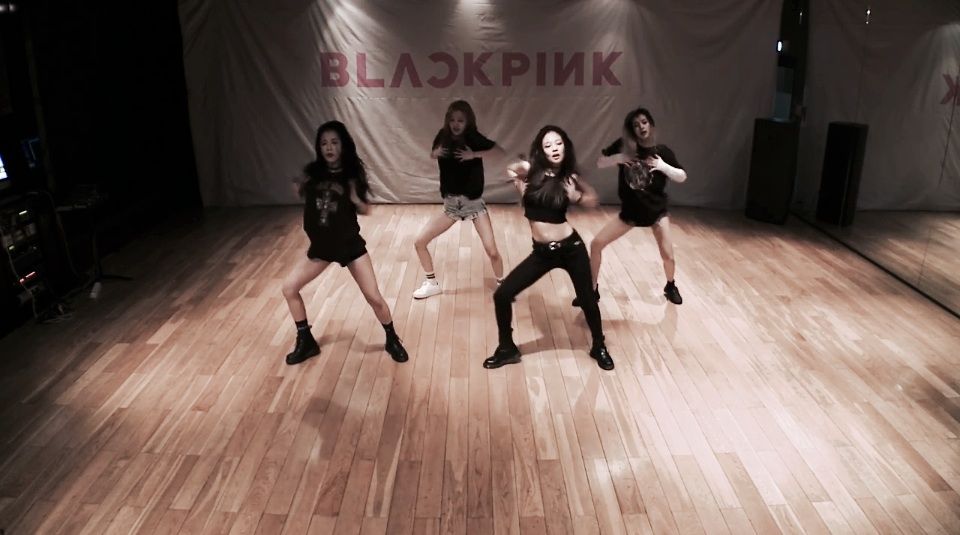
Human behavior is largely based on moral principles that reflect the moral side of his personality. The relations between the subjects of sports activities are based on universal moral principles: honesty, decency, justice, sense of duty, patriotism, collectivism, humanity, respect, reasonableness, courage and honor, etc.
are reduced to the requirements to behave in sports in a way worthy of a person: to honestly observe the established rules of the competition, not to resort to prohibited methods of achieving superiority over an opponent, not to be rude, etc. The reasons for deviations from the norms often lie not in ignorance of what is what is moral and what is immoral in sports, but in the absence of firm convictions and strong skills of moral behavior developed in relation to the characteristics of sports activities. Its specificity is such that even an athlete who has general moral convictions, but does not have practical experience brought to stable behavioral skills in difficult sports situations, may find himself in the role of a violator of the rules of sports ethics. This is the reason for the paramount importance of the methods of practical training in the process of mastering its norms.
This is the reason for the paramount importance of the methods of practical training in the process of mastering its norms.
Moral convictions are formed in the process of a person gaining moral experience of behavior. Therefore, the influence of the family, comrades in sports and studies, the media, especially television, is of some importance. It is also impossible to ignore self-education, which, together with upbringing, is one of the interdependent and complementary aspects of a single process of personality formation and development, a complex process that affects the entire spiritual world of a person with a special role for the mental sphere.
Before the tournament:
- Prepare in the evening and tidy up the costume.
- On the eve of the tournament, the partner visits the hairdresser.
- Don't forget hairspray, cosmetics, eau de toilette and number pins.
- Clean shoes, glue if necessary.
- Don't forget sandwiches and drinks.
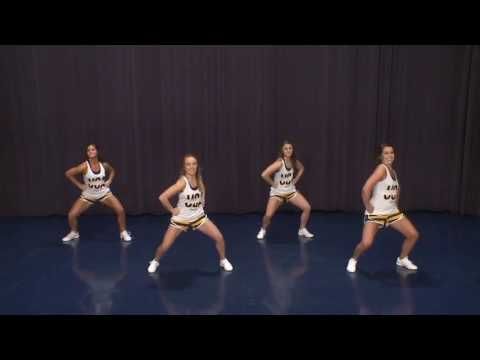
- Get your hair done (at home!), at the tournament, if necessary, fix it.
- If you want to take a coach with you to the tournament, take care of his travel and free admission to the tournament - for a coach, being at a tournament is work!
- Be at the competition 1 - 1.5 hours before the start.
- It is advisable for all club members participating in the tournament, as well as fans, to stay close to support each other.
- By the start of the competition, dancers must consider the entire hall and venue of the tournament, so as not to do this during the event.
- One of the partners or parents to control the registration of the couple;
- View the tournament schedule, the category performance program - if necessary, write down the order;
- 10 minutes before the performance, it is necessary to warm up;
- From now on, the dancers must be together, in pairs;
- After the dance, dancers must approach the coach (if the coach is with you) and not their parents;
- Closely monitor entries and control the order of your participation.

- If you didn't exit on your turn, exit on the next one.
- Write down or buy "crosses" (printout with marks) for dances or places in the final for your couple. This is necessary for the coach for further analysis and work with your pair.
- If a dance couple has been remarked (parents should not panic and find out the nature of the remarks) - report the remark to the coach - he will be able to explain what happened to you and adequately respond to it, if necessary.
At the tournament:
- Be at the competition 1-1.5 hours before the start.
- It is advisable for all club members participating in the tournament, as well as fans, to stay close to support each other.
- By the start of the competition, dancers must consider the entire hall and venue of the tournament, so as not to do this during the event.
- View the tournament schedule, the category performance program - if necessary, write down the order;
- 10 minutes before the performance, it is necessary to warm up;
- From now on, the dancers must be together, in pairs;
- After the dance, dancers must approach the coach (if the coach is with you) and not their parents;
- Closely monitor entries and control the order of your participation.

- If you didn't exit on your turn, exit on the next one.
- Write down or buy "crosses" (printout with marks) for dances or places in the final for your couple. This is necessary for the coach for further analysis and work with your pair.
When starting to take their child to ballroom dancing classes, many parents refuse to participate in competitions, motivating them to do it for themselves. Others do not exclude participation in competitions, but choose 2-3 major tournaments per year. They are convinced that you first need to reach a certain level, and only after that think about rewards.
In fact, participation in competitions is important both for those who simply want to learn how to dance, and if the goal is victories and great acrylic prizes.
Competitions are an incentive for improvement and a second wind
Participation in tournaments and competitions keep dancers in good shape, make them constantly stay in good shape. In addition, any competitions temper character, shape personality, bring up willpower, composure, faith in victory. Even if you are dancing for yourself, why refuse such a bonus.
In addition, any competitions temper character, shape personality, bring up willpower, composure, faith in victory. Even if you are dancing for yourself, why refuse such a bonus.
At competitions, children learn to empathize, cheer for each other, a team spirit is brought up, friendship grows stronger. By refusing to participate in competitions, parents tear the child away from the team, deprive him of the emotions necessary for raising a harmonious personality.
Refusal to participate in competitions reduces interest. Many children who show excellent results in the first year of training, subsequently begin to hack, lose interest in classes and soon give up dancing or continue to study only under pressure from adults. Interest burns out if it is not reinforced from the outside.
At competitions, participants compare themselves with other dancers, evaluate their strength. There is excitement, a spirit of competition. Winners receive a worthy reward for their work. The losers get a second wind, there is a desire to prove that they, too, are capable of more. You can do it for yourself and not dream of becoming a world champion and a coach, but the acquired skills and strong character in life will not hurt anyone.
The losers get a second wind, there is a desire to prove that they, too, are capable of more. You can do it for yourself and not dream of becoming a world champion and a coach, but the acquired skills and strong character in life will not hurt anyone.
Tournament practice is an important condition for victory
Those who believe that it is possible to participate in competitions only after reaching a certain level of skill are also mistaken. They throw all their strength into training - they drive compositions, study technique, take individual lessons. Only this is not enough.
Competitions are stress, excitement, adrenaline rush. To learn to control oneself, the practice of participating in events of this kind is necessary. Only when you start going to tournaments as a job, experience appears. The dancer learns to cope with difficulties, begins to hear the music, can concentrate, understands how to interact with the public, fans and fans.
Dance floor skills play a huge role.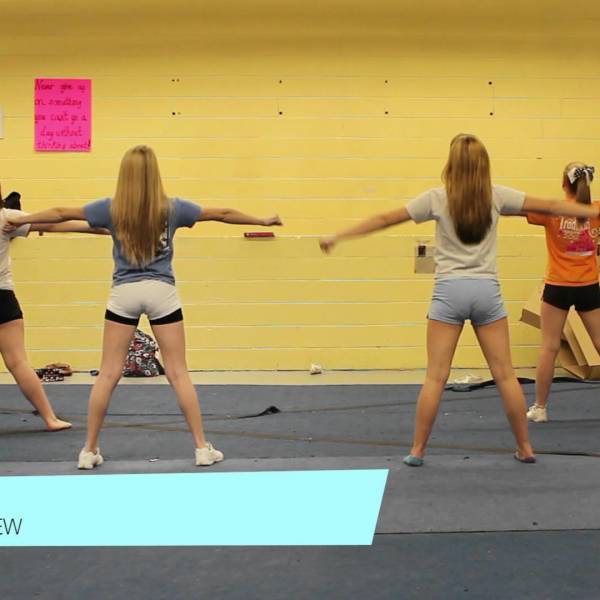 Competition is always a new environment. The ability to profitably present oneself, choose the right angle, not get lost in the crowd, cope with unforeseen situations - this and other invaluable experience is worked out only in practice.
Competition is always a new environment. The ability to profitably present oneself, choose the right angle, not get lost in the crowd, cope with unforeseen situations - this and other invaluable experience is worked out only in practice.
There is also a rating of dancers. Winning a tournament for a permanent leader, who is known by the judges and loved by the fans, is easier than for a talent that has emerged from oblivion. Even if it's worth it. Each competition ends with a mandatory debriefing, analysis of mistakes and strengths.
Refusing to participate in ballroom dancing competitions means depriving the dancer of the fuel that moves him forward, both in dance activity and in life.
1. Never, under any circumstances, compare yourself to other performers.
2. Know your purpose clearly! Who do you want to become. If you don't know, don't be afraid to experiment.
3. In all colors and tones, imagine yourself to be who you want to become. This should be your daily work on yourself.
This should be your daily work on yourself.
4. Constantly listen to music, varied in styles and directions. Don't stop looking for something new for yourself.
5. Don't skip rehearsals/trainings for any reason.
6. Practice all the material learned in class or training at home.
7. Be sure to check with the teacher or coach after the rehearsal or training for all elements of movements that are unclear to you during the lesson.
8. Don't take everything for granted. You are given the opportunity and conditions for development. Then you decide what to do with the acquired knowledge - apply or forget.
9. If something doesn't work out for you, it's just an excuse to work with double strength. Don't whine! Don't complain! Get up, get together and move forward towards your goal!
10. Improvisation. Be sure to improvise, combine different combinations and movements. Try, try and try again! This will be a good impetus for your professional growth.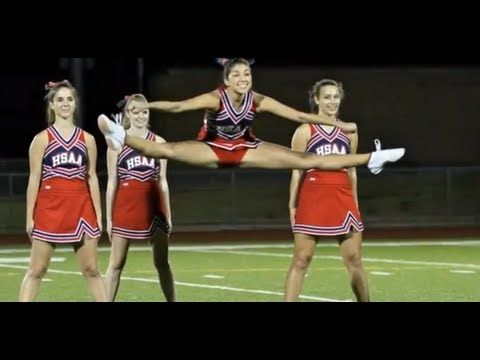
11. Be interested in what you do, what you dance. Always improve, look for new knowledge from other masters.
12. And remember the most important thing: dance is the soul dancing to the music!
"I fell in love with them right away!"
Previous article Next article
Candidate Master of Sports Alena Soboleva told Journalist Online about ballroom dancing
Author:
Ksenia Isaeva than any other occupation. Sometimes you need to have nerves of steel to keep up with the competition.
Alena Soboleva , Candidate for Master of Sports , told about what inspires a ballroom dancer and how his day goes.
© From the personal archive of the heroine
Tell me, when and how did you get into dancing? Was it your personal desire?
I started ballroom dancing in the middle of the school year when I was eight years old.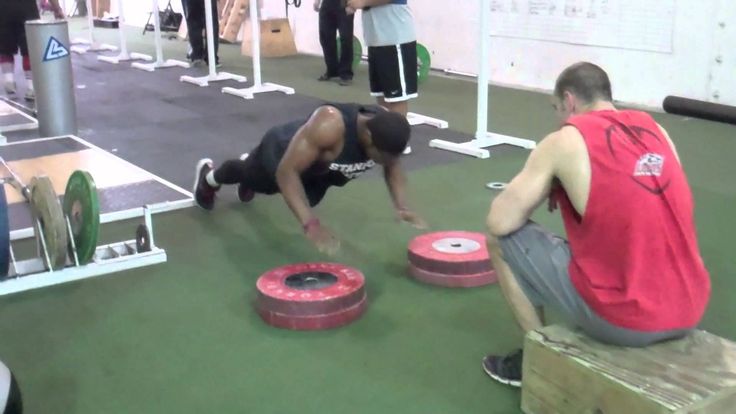 Before that, I did gymnastics at the CSKA club from 4 to 7 years old. One day, after a vacation with my parents, I came to training, and my coach was fired, and I had to go to try again, to a new coach. But gymnastics was not at all what I wanted to do, we came out in tears every time, so I didn’t put in the proper effort and wanted to quit everything because of the daily grueling workouts at 5 am and in the evening. Of course, I did not pass the test and was very glad about it. I dreamed of dancing hip-hop, but my mother signed me up for ballroom dancing and it was the best decision. I fell in love with them right away.
Before that, I did gymnastics at the CSKA club from 4 to 7 years old. One day, after a vacation with my parents, I came to training, and my coach was fired, and I had to go to try again, to a new coach. But gymnastics was not at all what I wanted to do, we came out in tears every time, so I didn’t put in the proper effort and wanted to quit everything because of the daily grueling workouts at 5 am and in the evening. Of course, I did not pass the test and was very glad about it. I dreamed of dancing hip-hop, but my mother signed me up for ballroom dancing and it was the best decision. I fell in love with them right away.
What does a typical day for a dancer look like?
When I was at school after school, I had to immediately go to training without going home. During the difficult period of our dance club, we had to go to different halls: group classes in one place, individual lessons in another. I tried not to forget about my studies, and in my life there were at least 3 days a week when I additionally studied English and history between school and training.
A typical training day consisted of several individual sessions, self-practice, a group session, and a run. It takes an average of 5-8 hours.
Now I am studying at the university and sometimes I finish at 19:00. And every day I go to the gym and my partner and I have to find a convenient time for both of us. Now we train about 5 hours a day.
An interesting feature is the days of seminars twice a month: coaches from other clubs, cities and countries come to us, and we spend the whole day in the gym. Sometimes you have to sacrifice education.
Getting ready is an integral part of a dancer's life. The club and I are leaving for Suzdal in August and January, and in July for the Crimea. Training takes place from 8:20 am to 22:00 - 23:00 with food breaks. In addition, during the dance season we have training camps in Moscow.
How much time per week do you need to set aside to be successful?
In the last two or three years, I realized that what matters is not the number of hours spent in the gym, but the quality.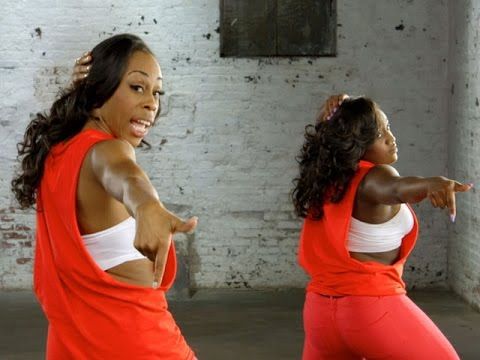 Sometimes two hours spent in the gym can be much more productive than ten. Specifically, we train every day, sometimes we give ourselves a break on one of the weekends, if there are no competitions, of course, but this is a rarity in our sport.
Sometimes two hours spent in the gym can be much more productive than ten. Specifically, we train every day, sometimes we give ourselves a break on one of the weekends, if there are no competitions, of course, but this is a rarity in our sport.
How does the world of ballroom dancing work?
All ballroom dances are divided into two programs: European and Latin American. Each includes 5 dances. European consists of slow waltz, tango, Viennese waltz, slow foxtrot and quickstep. Latin American - from samba, cha-cha-cha, rumba, paso doble and jive. In addition, dancers have classes: from N - beginner to M - international. Reaching class B (5th grade), the dancer can choose the number of dances, that is, which program to dance. The decision is often influenced by the coach, but in principle it is difficult - to dance all 10 types. If you participate in both programs, then there is less competition. If you choose only one program (because you feel that more soul lies to it), then, on the one hand, all the time and effort go into it, so you can hone everything to the ideal, on the other hand, there are many professionals in their field, which are difficult to compete with. Therefore, you need to immediately decide in order to succeed.
Therefore, you need to immediately decide in order to succeed.
Ballroom dancing is a very difficult sport. In addition to training, competitions are held every weekend, both in Moscow and in other cities and even countries. They take all day. Major competitions start early, therefore, to be ready for the start of the tournament, you need to arrive at 3-5 am, the preparation for the tournament itself takes 3-4 hours. You need to do your hair, make-up, cover your entire body with self-tanner, prepare dresses and warm up before the tournament. I won’t say that we attend competitions every weekend, but we try to go 2-3 times a month. We don't always have what suits us. Many people think that it is very easy to go to the dance floor and dance for one and a half - two minutes. But to make it cool, you need to bring all the technique that the coaches give us to automatism.
In ballroom dancing, as in any other sport, there is a lot of competition, a lot of envy. There are times when glass can be poured into shoes at a tournament, a dress can be cut, which is very expensive for dancers. This is easy to do, as the dresses are hung in the common locker room so as not to wrinkle them, and anyone can come up and ruin it, no one will even know. This is due to the struggle for a prize.
This is easy to do, as the dresses are hung in the common locker room so as not to wrinkle them, and anyone can come up and ruin it, no one will even know. This is due to the struggle for a prize.
What is the complexity of your profession?
In the number of free hours. Sometimes we need a break, even if only for a week. The body ceases to withstand: the immune system fails, some unpleasant injuries come out. Since we have been training for a whole year, sometimes you just need to change the situation, go somewhere, for example. To be honest, sometimes you just want to lie on the bed and do nothing, but after five days it becomes very boring and you want to go to the gym again.
Relationships with a partner: how to build them?
Firstly, in principle it is difficult to find a boy partner, since there are fewer of them and there is a struggle for them. Secondly, it is necessary to work with him, to find the right approach to him.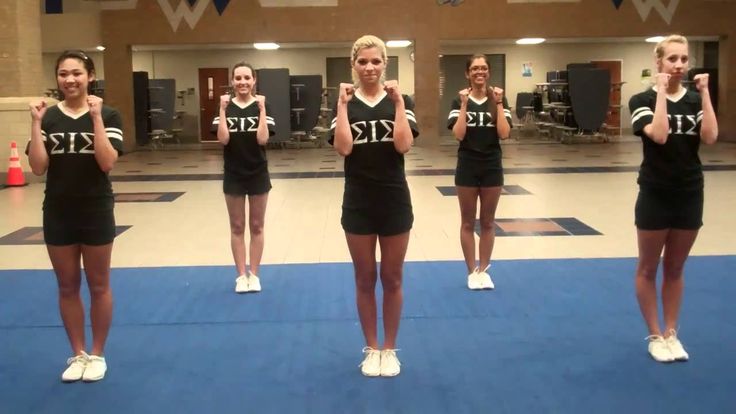 We cannot please everyone and I, for example, know that my partner is uncomfortable in our relationship. Our tandem is almost 8 years old, of course, we got used to each other. Sometimes there are conflicts, misunderstandings, sometimes partners can even break up. Very often in such situations, coaches are on the partner's side. It seems to me that this is because they know that the girl will endure and understand everything, and the boys are already having a hard time. In our relationship, although I know that he is unpleasant, sometimes I can hit the patient, for which I have to apologize later. The reasons for conflicts usually lie in the dance itself, in the fact that when something doesn’t work out, you start blaming the other: he led me the wrong way, didn’t hold me back, didn’t let me go.
We cannot please everyone and I, for example, know that my partner is uncomfortable in our relationship. Our tandem is almost 8 years old, of course, we got used to each other. Sometimes there are conflicts, misunderstandings, sometimes partners can even break up. Very often in such situations, coaches are on the partner's side. It seems to me that this is because they know that the girl will endure and understand everything, and the boys are already having a hard time. In our relationship, although I know that he is unpleasant, sometimes I can hit the patient, for which I have to apologize later. The reasons for conflicts usually lie in the dance itself, in the fact that when something doesn’t work out, you start blaming the other: he led me the wrong way, didn’t hold me back, didn’t let me go.
How difficult is it to balance dancing and the rest of your life?
I didn't have a childhood in the yard, all my time I was dancing, but it doesn't upset me at all.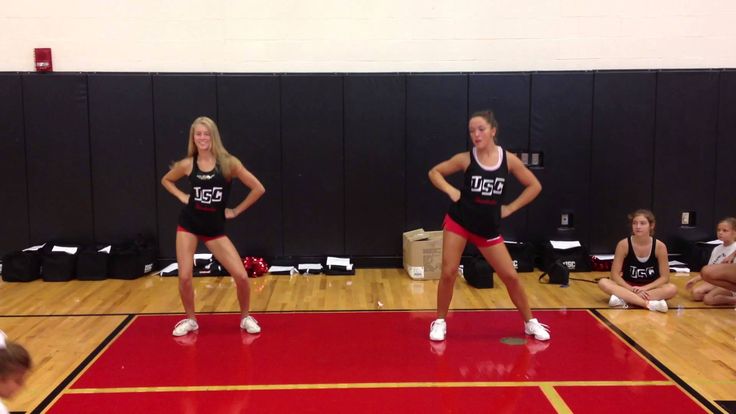 Thanks to this, I have already achieved some heights, became a candidate for master of sports.
Thanks to this, I have already achieved some heights, became a candidate for master of sports.
Studying is very important for me, and I have a goal to which I am going. That is why I endure such a load and a frantic pace of life: early in the morning running away to school or university, then on my knees in the car doing my homework and having dinner, and after training at 12 o’clock in the morning finishing the lessons again at a fast pace. Gradually you get used to it and it becomes the norm. My institute has a very good schedule, there may not be first classes and there is time to get some sleep. When I was in school, it was more difficult for me.
When does a dancer become a young coach? Is it difficult to find a job in this specialty?
You can become a coach even from the age of 15. The main thing is that you be experienced enough and with your head on your shoulders. In some small clubs it is difficult to find a job, because there are few children.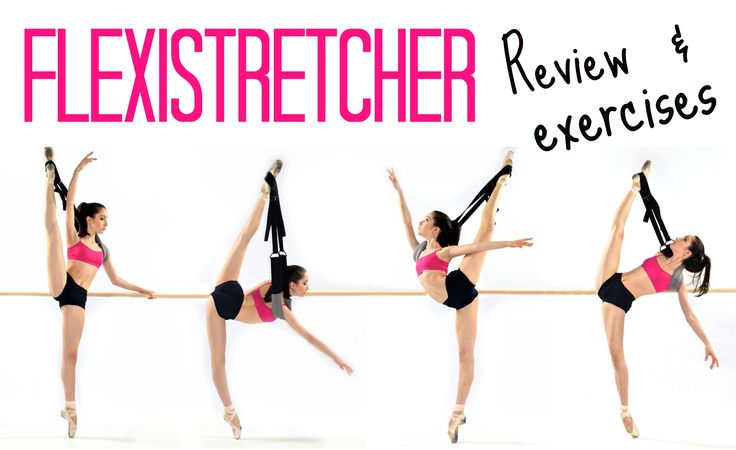 But I was lucky, I have a lot of individual lessons and group lessons with children and adult couples. Also, since my specialty at the university is a linguist-translator, I teach English at the same club.
But I was lucky, I have a lot of individual lessons and group lessons with children and adult couples. Also, since my specialty at the university is a linguist-translator, I teach English at the same club.
Is there an age at which it is already difficult to start ballroom dancing professionally or is it prejudice?
These are all superstitions! If you want to dance, you need to do it and not be afraid at any age. The difference is that if you apply for a professional level and dream of becoming a champion, it is advisable to go from a young age, from 4-5 years old. However, there is also a group called seniors (age category over 35 years old), where dancers also achieve success, become champions of Russia, and then the world. The main thing is to come and start learning.
What hardships must go for the sake of dancing?
In ballroom dancing, it is recommended to dye your hair either very dark or very light in order to be bright and noticeable.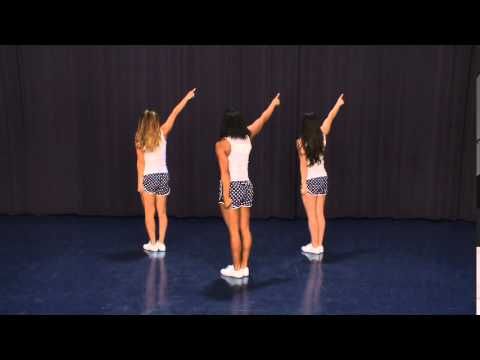 From the age of 16, on the advice of a coach, I changed my native blond to black. After a few years, I was very tired of it, and I returned my color again. True, the coach was not very happy about this, but I almost immediately began to paint in a light blond and he reconciled. This can be called some kind of deprivation.
From the age of 16, on the advice of a coach, I changed my native blond to black. After a few years, I was very tired of it, and I returned my color again. True, the coach was not very happy about this, but I almost immediately began to paint in a light blond and he reconciled. This can be called some kind of deprivation.
In addition, you need to watch what and how much you eat. But oddly enough, this is not about periods of training, but about rest. Since I am constantly on the move during the season, I am used to eating a certain amount of food per day without restrictions. But when the dancer is resting and there is no training, then if he eats as usual, this will affect the figure. Therefore, you have to control yourself.
In addition to food, of course, there is little time left for rest, if earlier our family had the opportunity to travel abroad several times a year, now my workload requires sacrificing rest, the maximum that I can afford is 2 weeks in summer , but this is not always the case.
